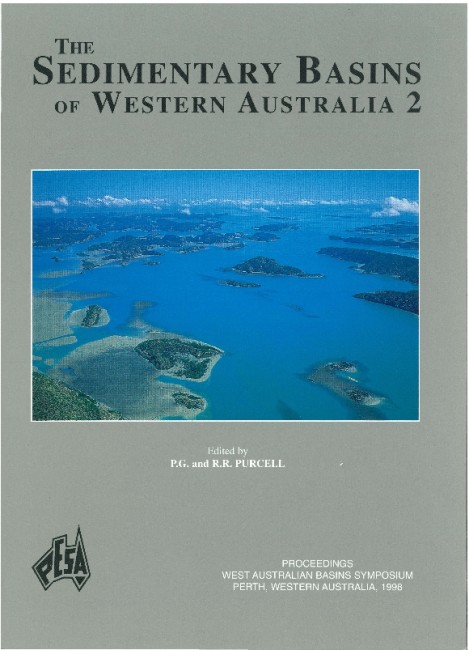Publication Name: The Sedimentary Basins of WA
Authors: David A. Castillo, Richard R. Hillis, Keven Asquith and Mike Fischer
Publication Volume: 2
Date Published: December 1998
Number of Pages: 28
Reference Type: Book Section
Abstract:
A regional in situ stress analysis based on data collected in over thirty wells drilled in the Zone of Cooperation (ZOCA) 91-01, 91-12, 91-13, 95-16 and AC/PS have been used to better understand the mechanisms responsible for fault seal failure in the Timor Sea area. Details of the three-dimensional stress field are constrained by borehole images of wellbore failure inferred from electrical and acoustic data, and engineering pressure tests. This improved knowledge of the stress field has allowed us to determine the stresses operating on these faults and evaluate thelikelihood of fault seal failure.Based on the style of wellbore failure and drilling test estimates Of Shmax in ZOCA 91-01 and northern sectors of 91-12, a strike-slip stress regime exists with SHmax > S, where the SHmax stress direction subparallels the convergence direction between Australia and Indonesia. A systematic variation in the stress field occurs within central ZOCA 91-12, such that SHmax is more northeast-southwest directed and Shmax stress magnitudes are reduced bringing the crust closer to a transitional strike-slip/normal faulting stress regime.
High frictional fault strength, implying a low probability of fault-seal failure, is a natural consequence of SHmax being approximately perpendicular to the east-west trending faults in the northernmost ZOCA 91-01 block. These observations are consistent with the discovery of the Laminaria, Corallina, and Jabal fields. The northeast-southwest SHmax stress direction in the southern sectors of ZOCA 91-01 and ZOCA 91-12 implies that the east-west trending reservoir faults are closer to shear failure, although, they remain outside the critical slip threshold. This is consistent with the discovery of the Kakatua, Elang and Bayu/Undan fields. However, secondary faults and fault-zone properties have profoundly contributed to the pattern of fault seal failures seen in several wells in the Timor Sea area. These secondary faults (imaged in seismic and wellbore data) include those faults that trend oblique to the regional trend, and therefore, are more optimally oriented for shear failure (e.g. Squilla, 1).


